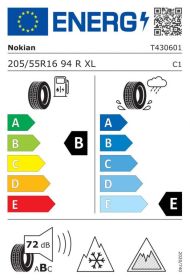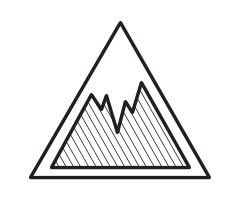|
|
rehvidpluss.com |
|
|
rengas24.com |
|
|
däck24.com |
|
|
riepas24.com |
|
|
padangos24.com |
|
|
rehvidpluss.com |
|
|
rengas24.com |
|
|
däck24.com |
|
|
riepas24.com |
|
|
padangos24.com |

Europe is the first region in the world to use ice tyre icons on tyres. In addition, the labels have an iceberg symbol and a QR code that opens a European database. The amendment shall take effect on 1st of May. The new labels are meant to help consumers better compare different tyres and to lead them to choose safer, more environmentally friendly ones.
The EU tyre label and efficiency classes come in a new design and are slightly changed due to a newly formed scale. The new labels contain the same three classes as before. Noise, wet grip, and fuel efficiency. However, the categories have been updated to match the labelling of household appliances. Category D has been removed and the scale has been reduced to the range from A to E. In addition, a new labelling method has been introduced for noise classes A to C and the decibel level remains the same. Information on the snow and ice grip performance of the tyre has been added to the tyre label. The symbol for use in snow (3PMSF) on the tyre is marked with a snow tyre icon and a tyre that meets required international performance criteria in ice testing is marked with ice tyre icon. The new label contains a QR code that provides additional information about the tyre from the EPREL register (the European Product Registry for Energy Labelling). The use of the label is extended to truck and bus tyres.
From now on, the tyre label will have markings for winter conditions. Winter tyres can be distinguished as those meant for Southern Europe and those meant for Northern Europe. This provides clarity, especially in the case of all-season tyres, where it is difficult for the customer to distinguish which market they are meant for. Winter tyres for the Southern European market are marked with a snow tyre icon (three-peak mountain snowflake symbol) and Northern European tyres are marked with an ice tyre icon (symbol of an ice stalagmite).






YES. The regulation is set to be extended to retreaded tyres in 2023.
Yes. It is now possible to distinguish between all-season tyres that are designed for our climate and have proven grip in ice conditions (denoted by the ice tyre icon).
It is not prohibited; however, in summer, summer tyres still have certain advantages, such as better handling and shorter braking distance on both dry and wet roads. Also, winter tyres with a softer mixture wear faster than summer tyres in the hot summer weather.
No. Studded tyres do not fall within the scope of the EU regulation on the labelling of tyres.
No, in winter you can only drive with winter tyres that comply with the 3PMSF type-approval requirements (snow tyre icon). In our climate under winter conditions, it is recommended to use all-season tyres which in addition to the 3PMSF type-approval also have the ice tyre icon.